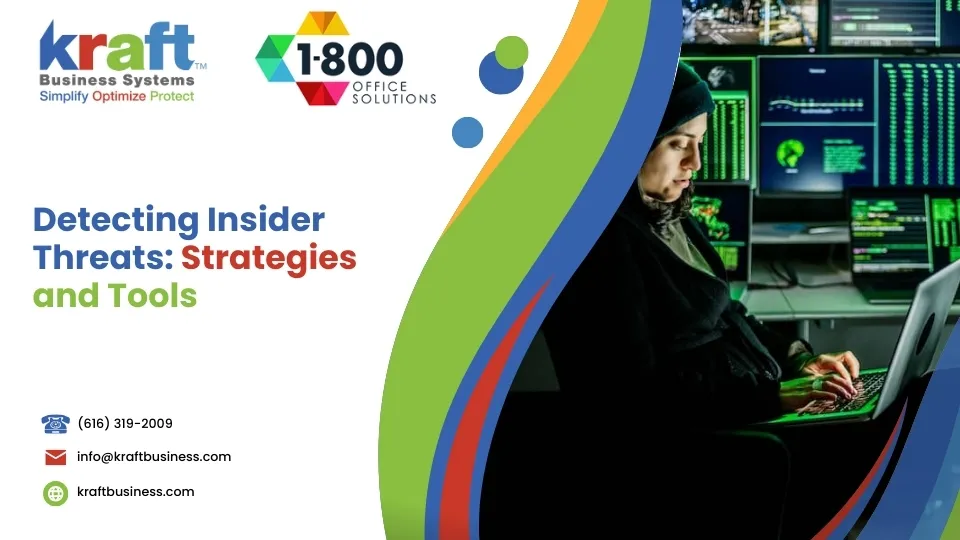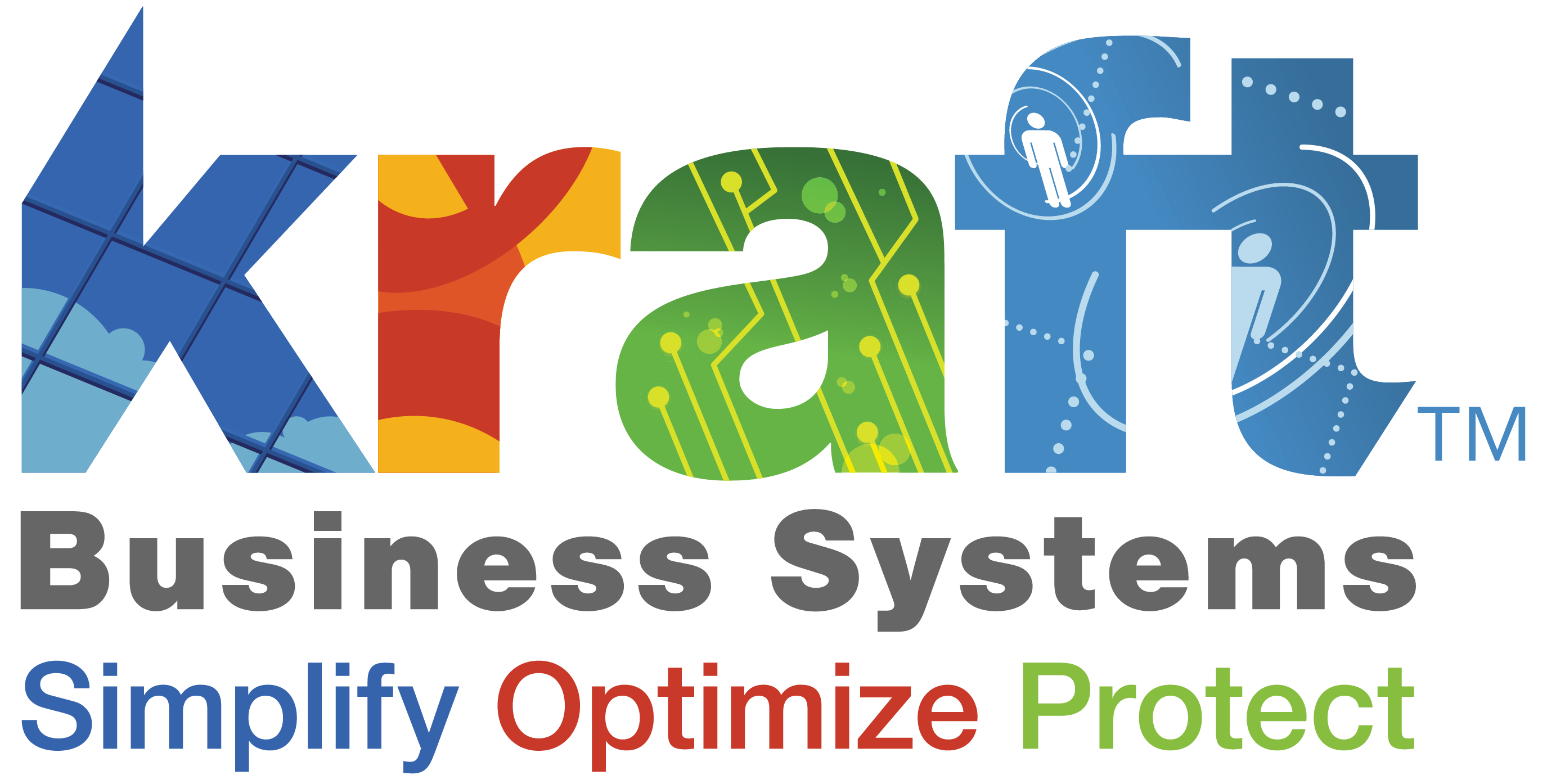Insider threat detection is crucial for protecting your business from cybersecurity risks. Whether it’s an intentional breach by a disgruntled employee or an unintentional error from well-meaning staff, insider threats pose significant risks, including data breaches and financial losses. Here’s a quick overview to provide clarity:
- Importance: Safeguarding sensitive data and maintaining your organization’s integrity.
- Risks: Financial damage, reputational loss, potential regulatory violations.
- Approach: Multi-layered security strategies incorporating monitoring and employee awareness.
Detecting insider threats involves proactive measures to protect your company’s sensitive data. Employees often have authorized access to critical resources, making it essential to monitor for any misuse or deviations from typical behavior. According to research, industries like technology and finance are particularly at risk, as employees might handle proprietary information. Therefore, mitigating insider threats is not just about technology; it’s a strategic combination of behavior analysis, robust policies, and regular audits.
Understanding the implications of insider threats and deploying effective detection strategies can be pivotal in securing your business.
Essential Insider threat detection terms:
Understanding Insider Threats
When it comes to insider threats, it’s important to understand the different types that can jeopardize your organization’s security. Let’s break them down:
Malicious Insiders
These are individuals within your organization who intentionally cause harm. They might be motivated by financial gain, revenge, or other personal reasons. For instance, a disgruntled employee might steal sensitive data to sell it to competitors. Malicious insiders are particularly dangerous because they know the ins and outs of your systems and can exploit this knowledge to their advantage.
A study by Tessian highlights that employees often feel a sense of ownership over their work. This can sometimes lead to them taking proprietary information with them when they leave, even if they don’t intend to cause harm.
Negligent Insiders
Negligent insiders are not out to harm the company, but their lack of awareness or carelessness can lead to significant security breaches. For example, an employee might accidentally misconfigure a system or fall for a phishing scam. These actions, though unintentional, can result in data leaks, financial losses, and reputational damage. Training employees on cybersecurity best practices is crucial to reduce these risks.
Compromised Insiders
Compromised insiders are those whose credentials have been stolen by external attackers. These attackers use the insider’s access to infiltrate the organization’s systems. According to a study by Hitachi, attackers often reach out to employees with tempting financial offers to gain their cooperation. This trend has been increasing, with 65% of such engagements reported in 2022, up from 48% in 2021.
Understanding these insider threat categories helps in developing targeted strategies to detect and prevent them. Organizations must implement robust security measures and foster a culture of security awareness to protect against these diverse threats.
Insider Threat Detection Techniques
Detecting insider threats is a critical aspect of safeguarding your organization. Let’s explore some of the top techniques used to identify these threats and protect sensitive data.
User Behavior Analytics (UBA)
UBA is like having a digital detective on your team. It uses machine learning to understand the normal behavior of each user. By monitoring activities like data access, file transfers, and system usage, it can spot unusual actions that might indicate a threat. For example, if an employee suddenly starts accessing files they never looked at before, UBA can raise a red flag.
Data Loss Prevention (DLP)
Think of DLP as a digital security guard. It keeps an eye on data movement within your organization, ensuring sensitive information doesn’t leave the network without permission. DLP tools use content inspection and predefined policies to block unauthorized data transfers. This is crucial for preventing accidental data leaks or intentional data theft.
Privileged Access Monitoring
Some users have more access than others, and that’s where privileged access monitoring comes in. It focuses on users with high-level access, like system admins. By keeping tabs on their activities, organizations can detect any misuse of privileges or suspicious actions. This helps catch insider threats before they can cause harm.
Anomaly Detection
Anomaly detection is all about spotting the odd one out. It looks for deviations from the norm in user behavior or system activities. These anomalies can signal potential insider threats that might slip past traditional security measures. For example, if an employee starts using unusual protocols or ports, anomaly detection can alert you to investigate further.
These techniques form a multi-layered defense strategy, making it harder for insider threats to go unnoticed. By using tools like UBA, DLP, and anomaly detection, organizations can better protect themselves from the risks posed by insiders.
Top Tools for Insider Threat Detection
When it comes to insider threat detection, having the right tools is crucial. Let’s explore some of the top options available to help protect your organization.
Security Information and Event Management (SIEM)
SIEM tools are like the nerve center of your security operations. They gather log data from across your IT environment, creating a centralized view of all activities. This helps identify potential insider threats by spotting unusual patterns, like unexpected data transfers or odd login times. However, SIEMs can sometimes produce false positives, so fine-tuning is key.
Endpoint Detection and Response (EDR)
EDR solutions focus on monitoring endpoints, such as laptops and servers. They detect unusual behavior, like unauthorized access or malware deployment, and can respond automatically to stop threats in their tracks. EDR tools are essential for catching insider threats that originate from compromised devices or credentials.
User and Entity Behavior Analytics (UEBA)
UEBA tools use advanced analytics to monitor user and device behavior. By understanding what’s normal, they can spot anomalies that might indicate insider threats. For example, if a user who usually downloads small files suddenly starts downloading gigabytes of data, UEBA will raise an alert. This proactive approach helps catch threats early.
Insider Threat Management (ITM)
ITM software is designed specifically to manage insider threats. It combines features from SIEM, EDR, and UEBA, offering a comprehensive dashboard for monitoring suspicious activities. ITM tools provide a focused approach to detecting and responding to insider threats, making them a valuable addition to any security toolkit.
Security Automation
Security automation is the secret weapon against insider threats. By automating routine tasks like data collection and analysis, it frees up your security team to focus on more complex issues. Automation tools can quickly identify and respond to potential threats, reducing the risk of human error and ensuring faster threat mitigation.
These tools, when used together, create a robust defense against insider threats. By leveraging SIEM, EDR, UEBA, ITM, and security automation, organizations can better protect themselves from the risks posed by insiders.
Insider Threat Detection
When it comes to safeguarding your organization from insider threats, understanding the methods behind insider threat detection is essential. Let’s break down some key concepts that make this process effective.
Behavioral Analytics
Behavioral analytics is like having a security camera for your network. It monitors user actions and looks for unusual patterns. For instance, if an employee who typically logs in from Detroit suddenly accesses the system from another country, behavioral analytics will flag this as suspicious. This helps catch potential threats before they escalate.
Artificial Intelligence (AI)
AI is the brain behind modern insider threat detection. It can process vast amounts of data quickly and identify patterns that humans might miss. AI helps in creating a baseline of normal behavior for each user. When someone deviates from this baseline, AI can alert the security team, making it a crucial tool for early detection.
Risk Scores
Assigning risk scores to users and devices adds another layer of security. Think of it like a credit score, but for cybersecurity. By analyzing various factors like login times, data access, and device usage, the system assigns a risk level. Higher scores indicate higher risk, helping security teams prioritize their responses to potential threats.
Anomaly Detection
Anomaly detection is all about spotting the outliers. It focuses on identifying activities that don’t fit the usual pattern. For example, if an employee starts accessing files outside of their role or during odd hours, anomaly detection will trigger an alert. This proactive approach helps in catching insider threats that might otherwise go unnoticed.
By integrating these techniques—behavioral analytics, AI, risk scores, and anomaly detection—organizations can build a robust insider threat detection framework. These strategies not only improve security but also provide peace of mind, knowing that potential threats are being monitored and managed effectively.
Next, we’ll dig into preventing insider threats through identity security and employee training.
Preventing Insider Threats
Preventing insider threats is as crucial as detecting them. Here, we’ll explore how identity security, employee training, continuous monitoring, and access controls can help safeguard your organization.
Identity Security
Identity security is like giving each person a unique key to the digital kingdom. It ensures that only the right people have access to the right resources. By securing identities, organizations can prevent unauthorized access and reduce the risk of insider threats. This involves using tools like multifactor authentication (MFA) to verify identities and protect sensitive information.
Employee Training
Employee training is the frontline defense against insider threats. Regular training sessions help employees recognize potential threats like phishing attempts and understand the importance of cybersecurity protocols. Training empowers employees to act as vigilant guardians, ensuring they follow best practices and report suspicious activities.
Continuous Monitoring
Continuous monitoring is akin to having a 24/7 security guard for your digital assets. Implementing systems like endpoint detection and response (EDR) ensures that all activities are tracked in real time. This helps in identifying unusual behaviors, such as unauthorized file access or data transfers, allowing for quick intervention before any harm is done.
Access Controls
Access controls are about giving the right level of access to the right people. Implementing role-based access controls ensures that employees can only access the information necessary for their job. Adopting the principle of least privilege minimizes the risk of insider threats by limiting unnecessary access to sensitive data.
By focusing on these areas—identity security, employee training, continuous monitoring, and access controls—organizations can build a strong defense against insider threats. These strategies not only protect sensitive data but also foster a culture of security awareness and responsibility.
Next, we’ll answer some frequently asked questions about insider threat detection.
Frequently Asked Questions about Insider Threat Detection
How are insider threats detected?
Insider threats can be tricky to spot because they come from trusted individuals. However, behavioral analytics plays a crucial role. By analyzing patterns in user behavior, these tools can identify activities that deviate from the norm, which might indicate a threat. For instance, if an employee who typically accesses files during work hours suddenly starts downloading large amounts of data at odd hours, this could be a red flag.
User and Entity Behavior Analytics (UEBA) is another powerful tool. It uses machine learning to establish a baseline of normal behavior and then flags any anomalies. This approach allows organizations to detect insider threats by focusing on unusual patterns rather than predefined rules.
What is an insider threat indicator?
An insider threat indicator refers to any sign that someone within the organization might pose a risk. This could include suspicious behavior like accessing sensitive data without a clear need, or access abuse, where someone uses their privileges to perform unauthorized actions. For example, an employee accessing files outside their department or attempting to bypass security protocols could be indicators of a potential threat.
The key is to combine these indicators with context. Not every anomaly is a threat, so understanding the full picture helps in making informed decisions.
What is the purpose of the insider threat Prevention and Detection Program?
The primary goal of an insider threat Prevention and Detection Program is to prevent threats before they occur and to detect them swiftly if they do. This program acts as a comprehensive strategy to safeguard an organization’s assets and data. By implementing a mix of technical tools and fostering security awareness among employees, organizations can reduce the risk of insider threats.
Such programs usually include regular training, monitoring systems, and clear policies that outline acceptable behavior and consequences for violations. By being proactive, organizations not only protect themselves but also create a culture where security is everyone’s responsibility.
These strategies and tools are essential in building a robust defense against insider threats. They help ensure that your organization is prepared to identify and mitigate risks effectively.
Conclusion
Insider threats are a significant challenge for organizations, but with the right approach, they can be effectively managed. At Kraft Business Systems, we recognize the importance of a comprehensive insider threat program. Our goal is to provide custom security solutions that align with your business objectives and protect your sensitive data.
We’ve seen how behavioral analytics and risk scores can transform the way we detect potential threats. By implementing these advanced tools, we help organizations identify unusual activities and respond promptly. Our focus is on combining technology with human insights to create a robust defense mechanism.
At Kraft Business Systems, we believe that security is not just about tools; it’s about creating a culture of awareness and vigilance. We offer employee training to ensure that everyone in your organization understands the importance of security and knows how to spot potential threats.
Our managed cybersecurity services are designed to provide continuous monitoring and support, giving you peace of mind. Whether you’re in Grand Rapids or any of our other locations across Michigan, we’re here to help you build a secure environment.
If you’re ready to improve your security posture, explore our managed cybersecurity services and see how we can support your insider threat detection efforts. Together, we can create a safer, more secure future for your business.








